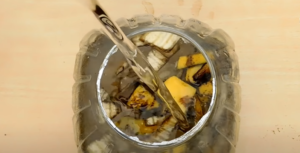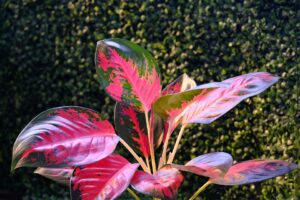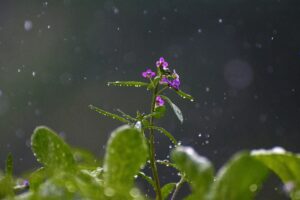

New Tips for Caring Winter Flower Plants In 2021
In the post, we will know all about how to care winter flower plants
Reason of Caring
There are lots of reasons, why we need to care for flowering plants during the frost season and when the temperature falls between 5°C to 0°C then we need to apply these tricks otherwise plants growth is stuck or maybe plants die.
One of the most important Caring tips is Watering


In most of the territories, the temperature falls between 5°C to 0°C or maybe -1 or -2…etc. then, watering is important because, in the winter season, lots of moisture or fog are also available in the flowering plants. So that time, we don’t need to give any water until the soil moisture is dried up or temperature high.
- Do it carefully with your all plants in the winter season.
- Always give water thoroughly or using a water gun.
Most Common Tips: Temperature


In the winter season, maintaining temperature is a more important task for your plants. Keep the plants in full sunlight and if your plants are indoor then, keep them in full sunlight for at least 4 to 5 hours.
- Keep the plants in full sunlight for at least 4 to 5 hours (indoor flowering plants)
- One of the best locations is balconies where the sunlight is good and dark (if the temperature is best).
- For indoor flower plants, place the plants in full sunlight in a week otherwise leaves, branches are shrivelled.
Give Your Plants Best Food and Nutrients


This is also an important factor for plants growth. In the market, multiple types of fertilizers are available based on plants types (flowering and non-flowering). Check your plants and choose the right fertilizers for the best growth.
Below are a few tips for giving compost to the plants
- Choose the right fertilizers for plants.
- Mix it with soil mixture (remove the upper part of the soil from the plants).
- Or you can add directly with soil in the pot.
- Regular fertilization is necessary as required.
- Before composition, check the composition period.
Transplantation or Repotting


Most of the beginner mistake is that they don’t need to transplant a plant but transplantation is necessary for the best result. If your plantation is small as per period, you need to transplant them in the new flowerpot.
- Give your plants more space for the best results.
- In a single flower pot, don’t plant many plants and always choose the best size of the flowerpot.
- Good drainage holes are necessary for the flowerpot.
- Transplant plants as required.
- While transplanting, remember rooting system should not be a break.
- You can add soil or mulch to the plants.
- If plants growth is stuck, then you need to change the food or nutrient or soil media.
- After transplantation, place the plants in full sunlight (indoor flower plants).
How to choose the best flowerpot
Reaping and Cutting
Reaping or cutting is requisite for all plants (indoor and outdoor flower plants). After the matured size of plants, you can prune by using any cutting tools. Remember these points while pruning :
- In the market, thousands of tools are available as required like pruning secateurs, flower cutter, pruning saw, grafting tools, hedge shears, pole pruners, and garden scissors. These are the most popular tools.
- Cut out the faded flowers, unwanted leaves and dries leaves, baby plants near the rooting areas, litter grass.
- Mostly, reaping is depending on the season-wise like most of the flower plants needs reaping/pruning before the growing season or some flower plants needs in the autumn season.
- Choose the best tools for your plants.
- After reaping, garners all the cutting leaves and make the leaf mold fertilizer.
Simple trick to make the leaf mold compost
Most frequently Tips
- For indoor flower plants: Avoid humidity by using any humidifier devices. Humidifier devices are easily available in the market.
- Regularly clean the leaves after hoar frost.
- During the heavy frost, always avoid the liquid manure and choose the best manure.
Pests and Diseases


In the time of winter, Overwatering causes many types of diseases like root rot, fungus, and powdery mildew…etc. keep your plant’s disease-free by using any fungicide powder.
If plants have any types of insects like aphids, snails and slugs, bees, whiteflies, and mealybugs. Regular spray pesticide liquid as required.
Most popular pesticide liquid: Neem oil, All-in-one liquid, Natural pest control, Tafgor and Rogor. These liquids are easily available in local plants shop or online stores. Use carefully.
If you like this post don’t forget to share it with your friends and relatives and subscribe to my newsletter for the instant update 🙂











































































